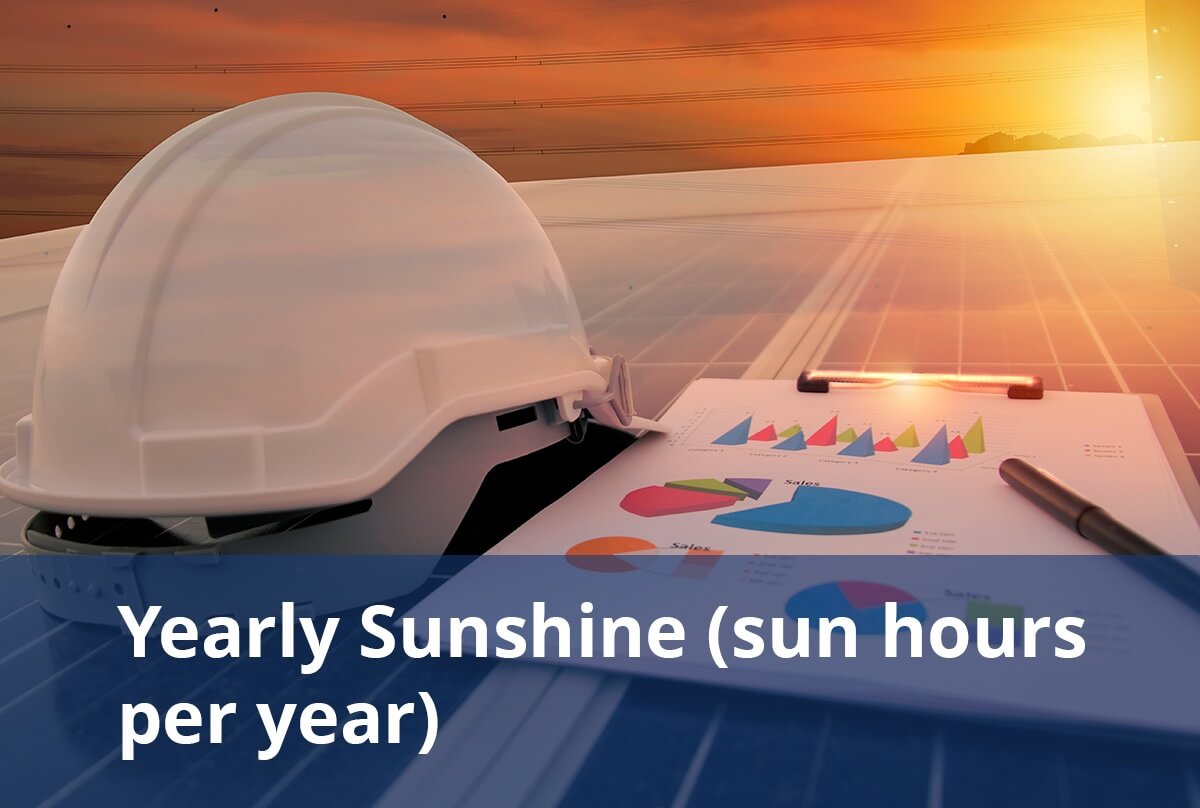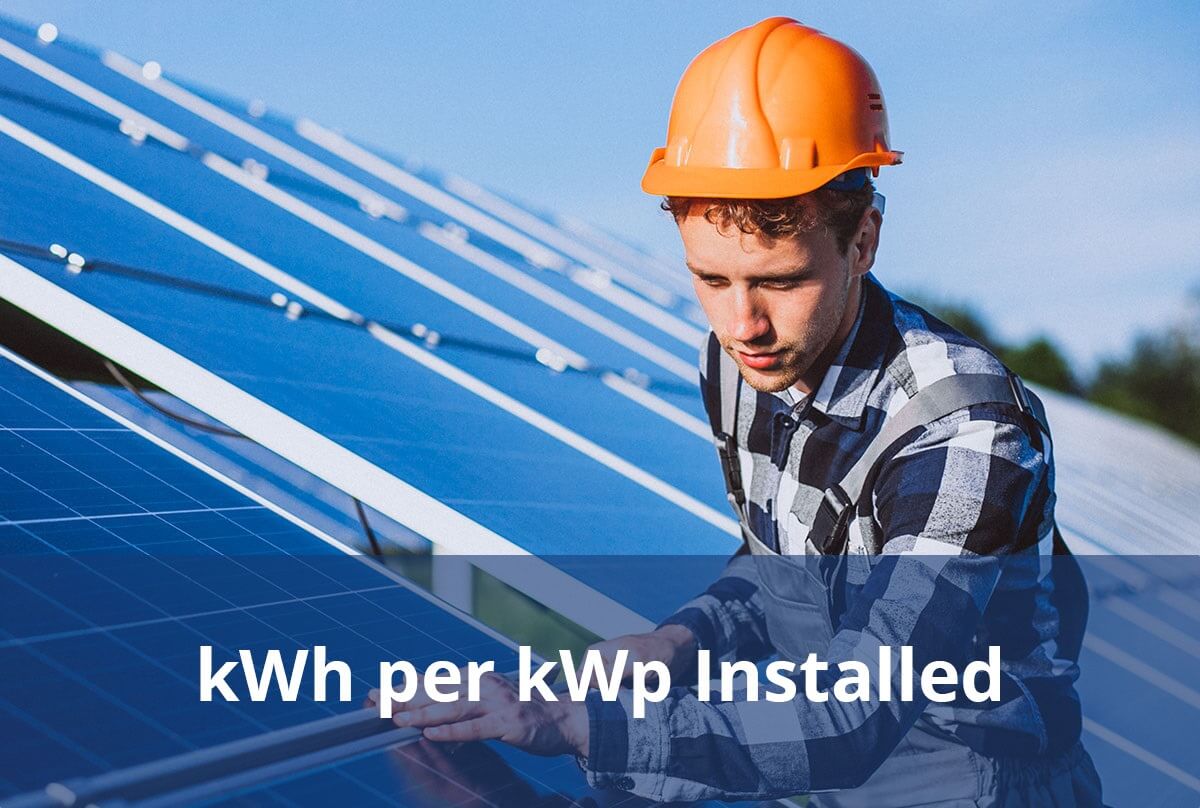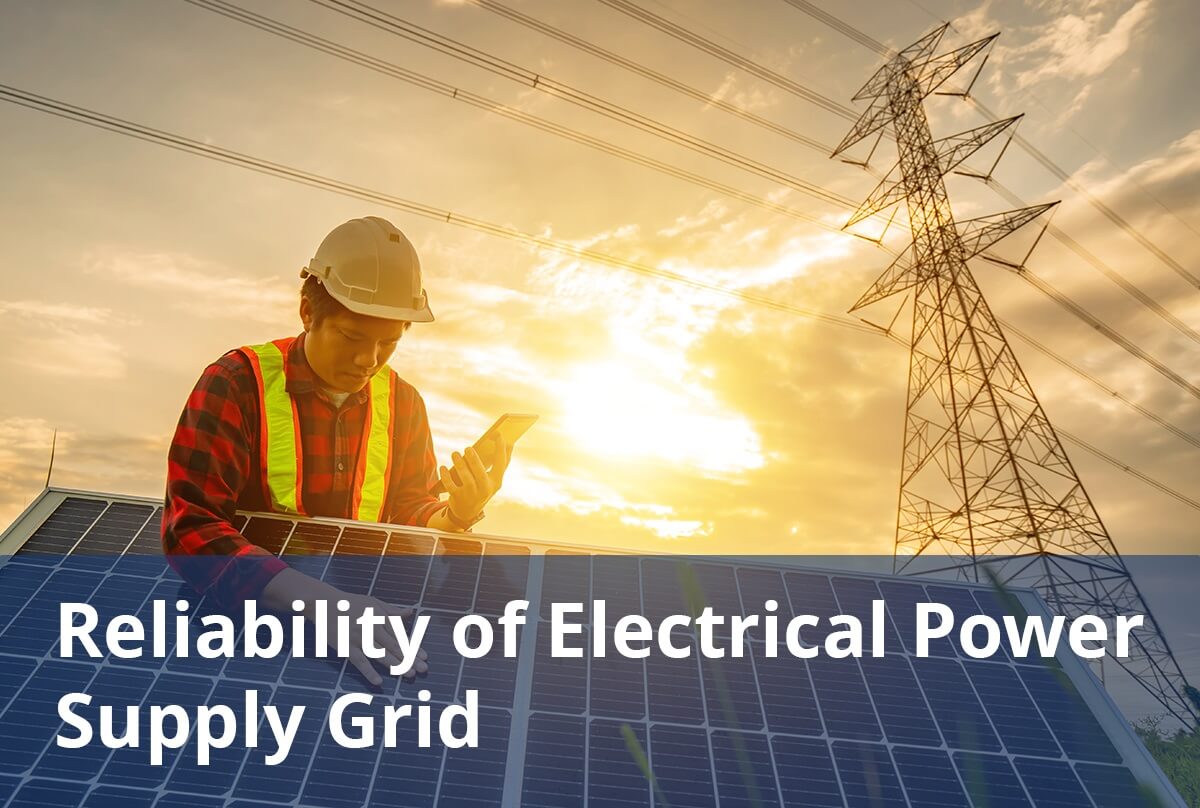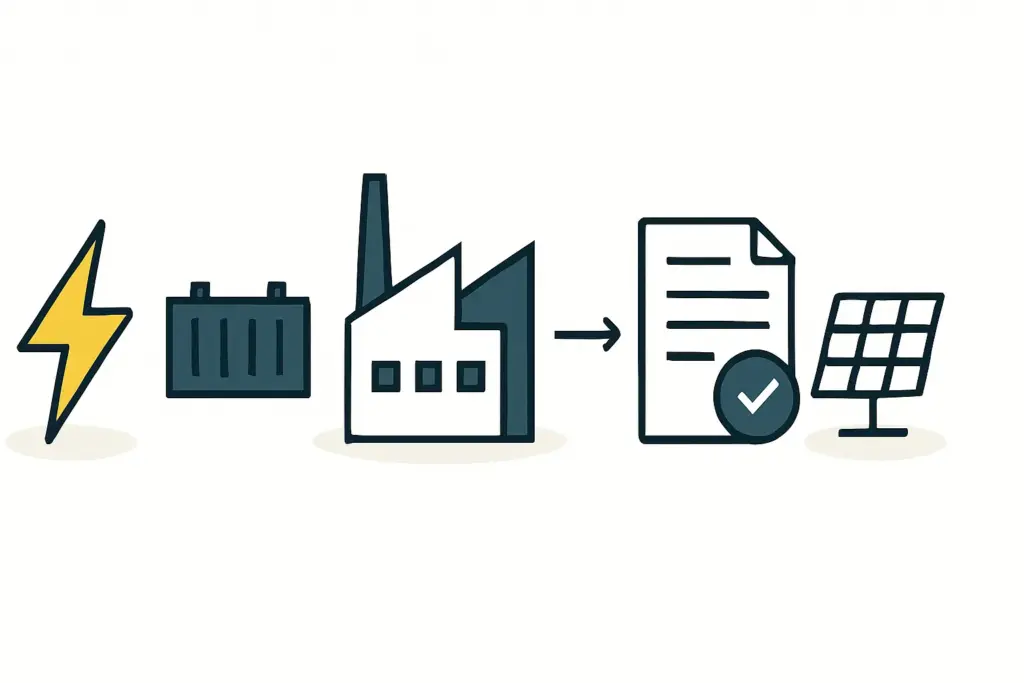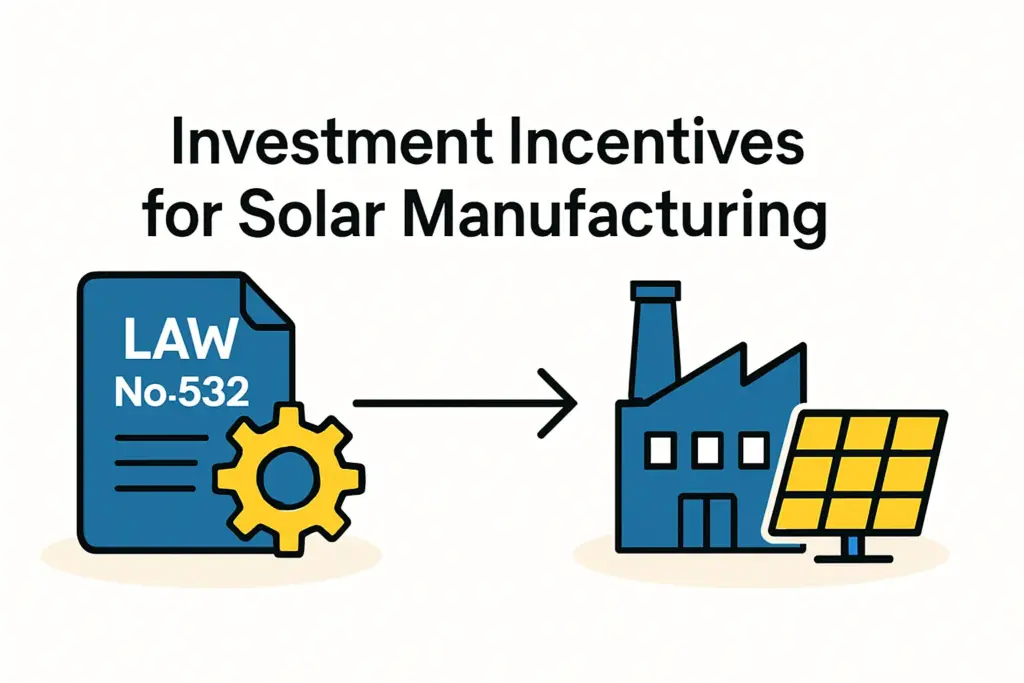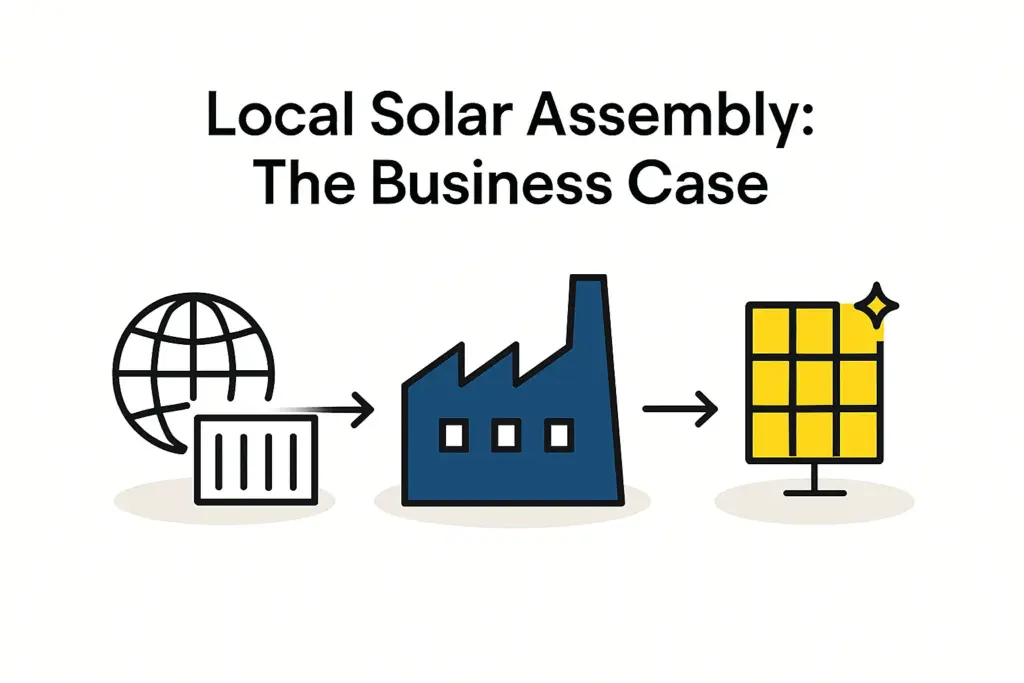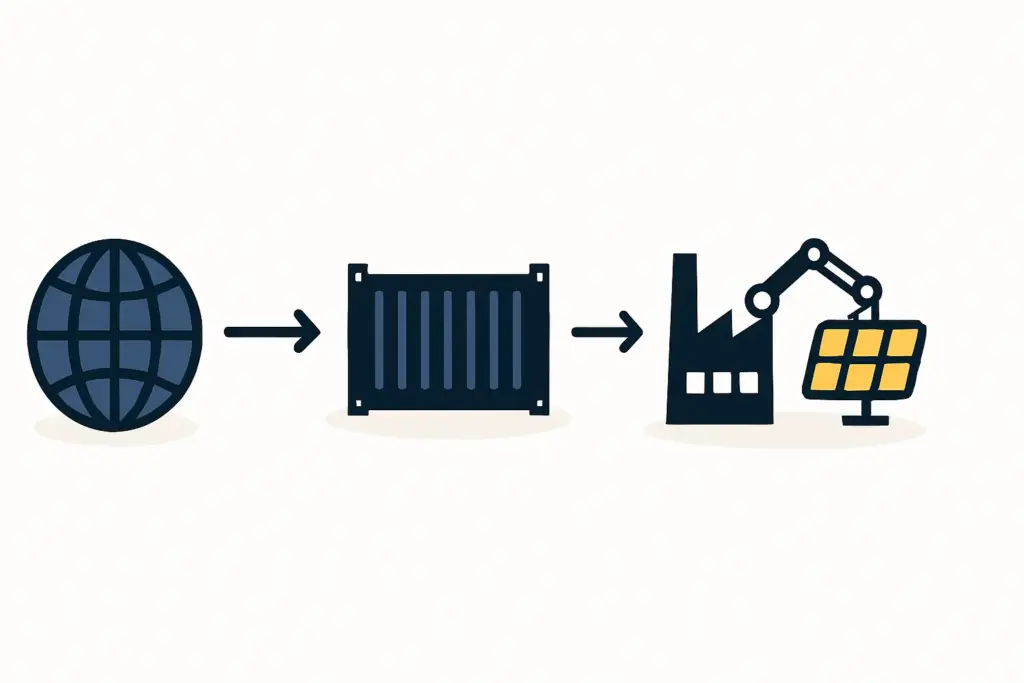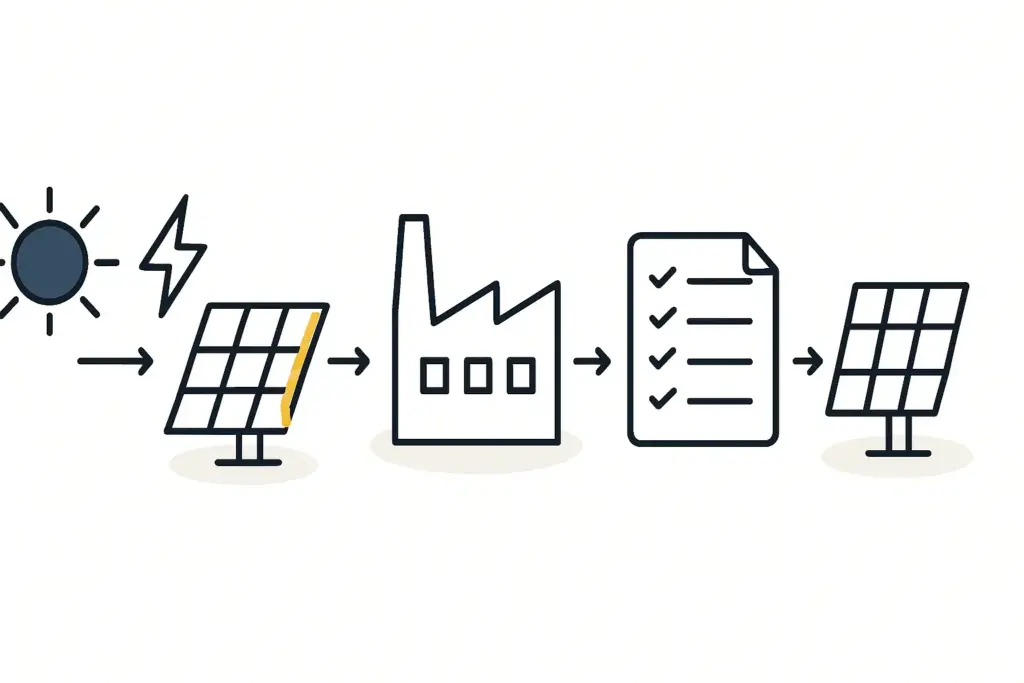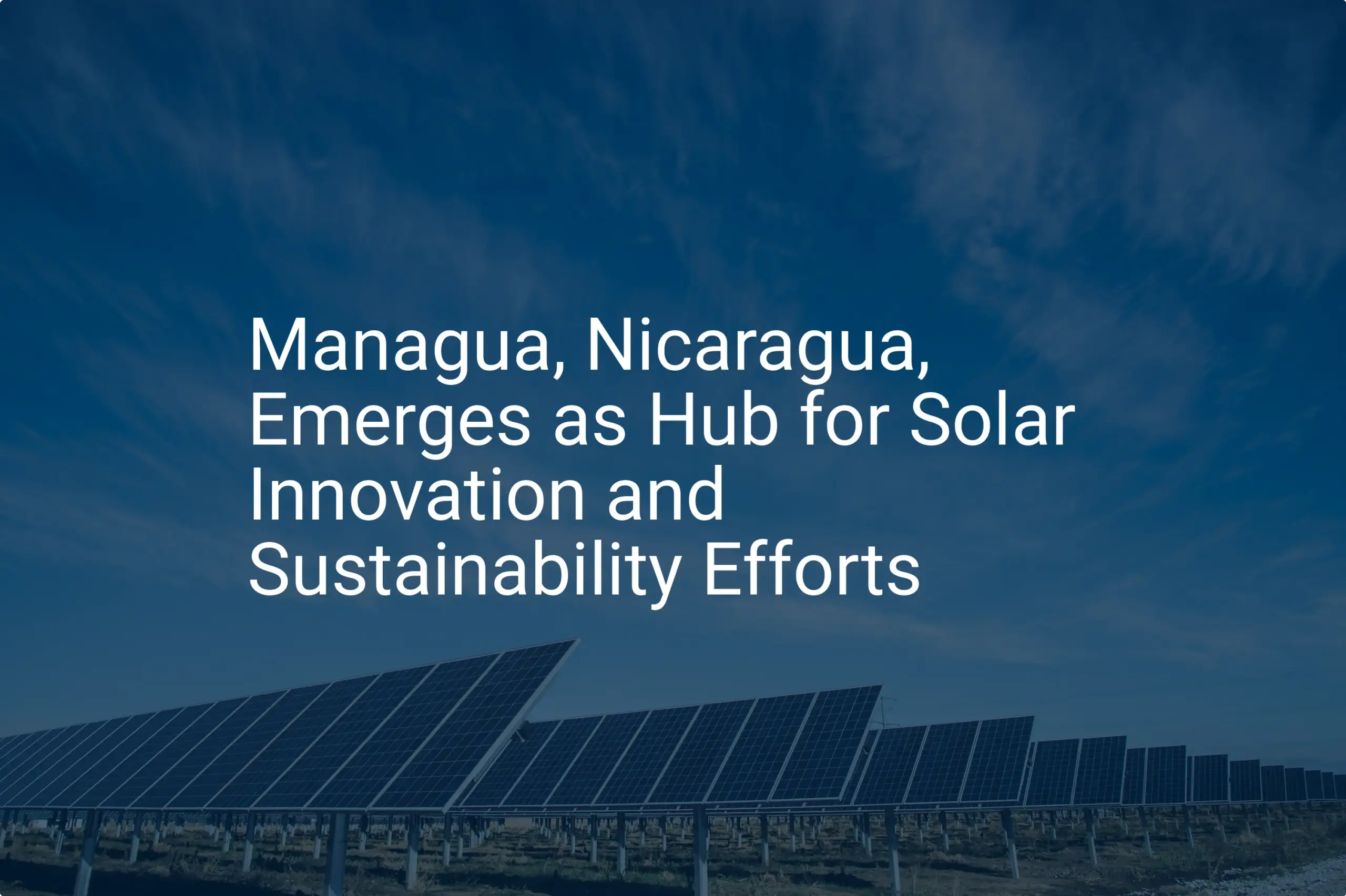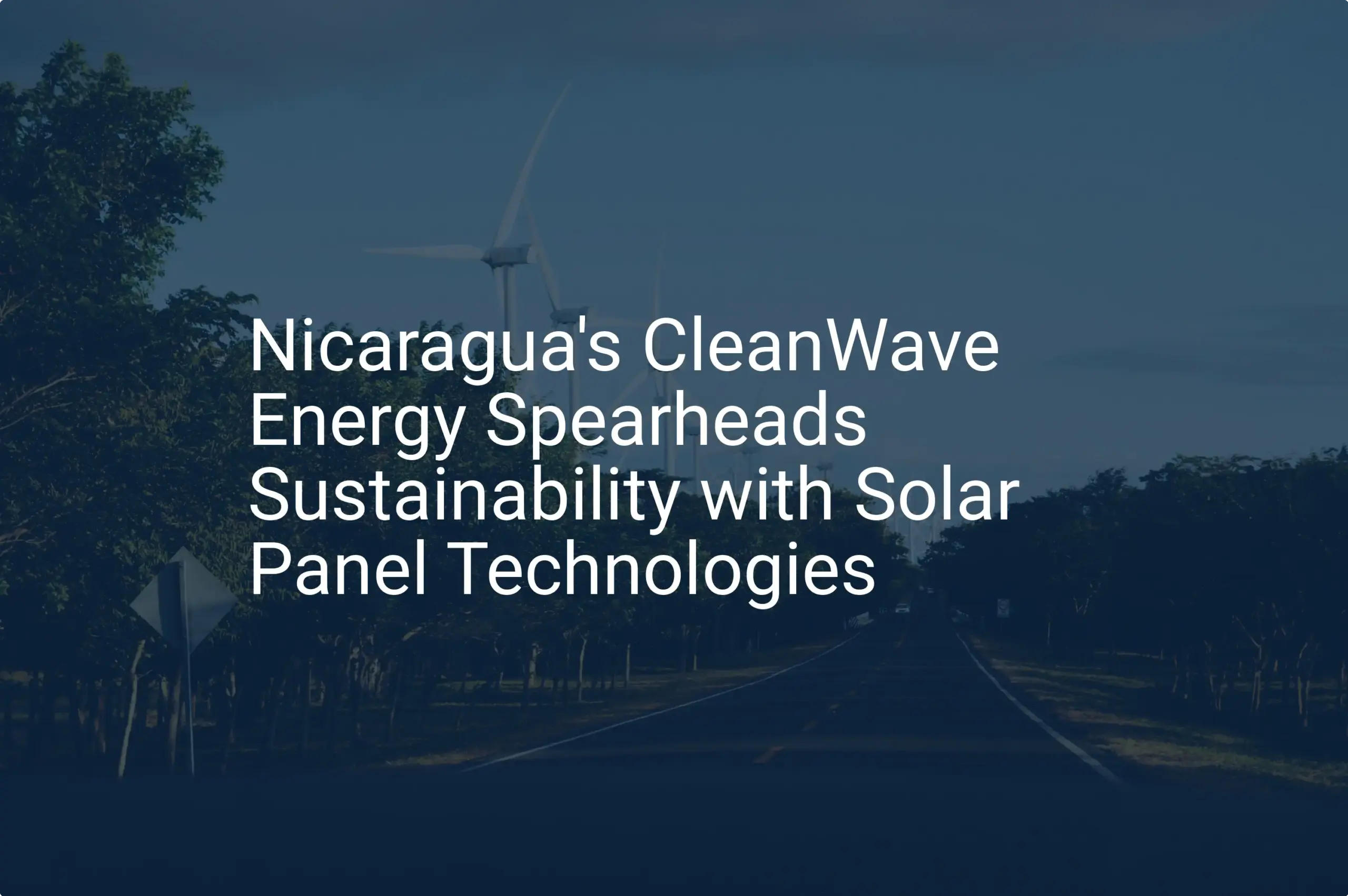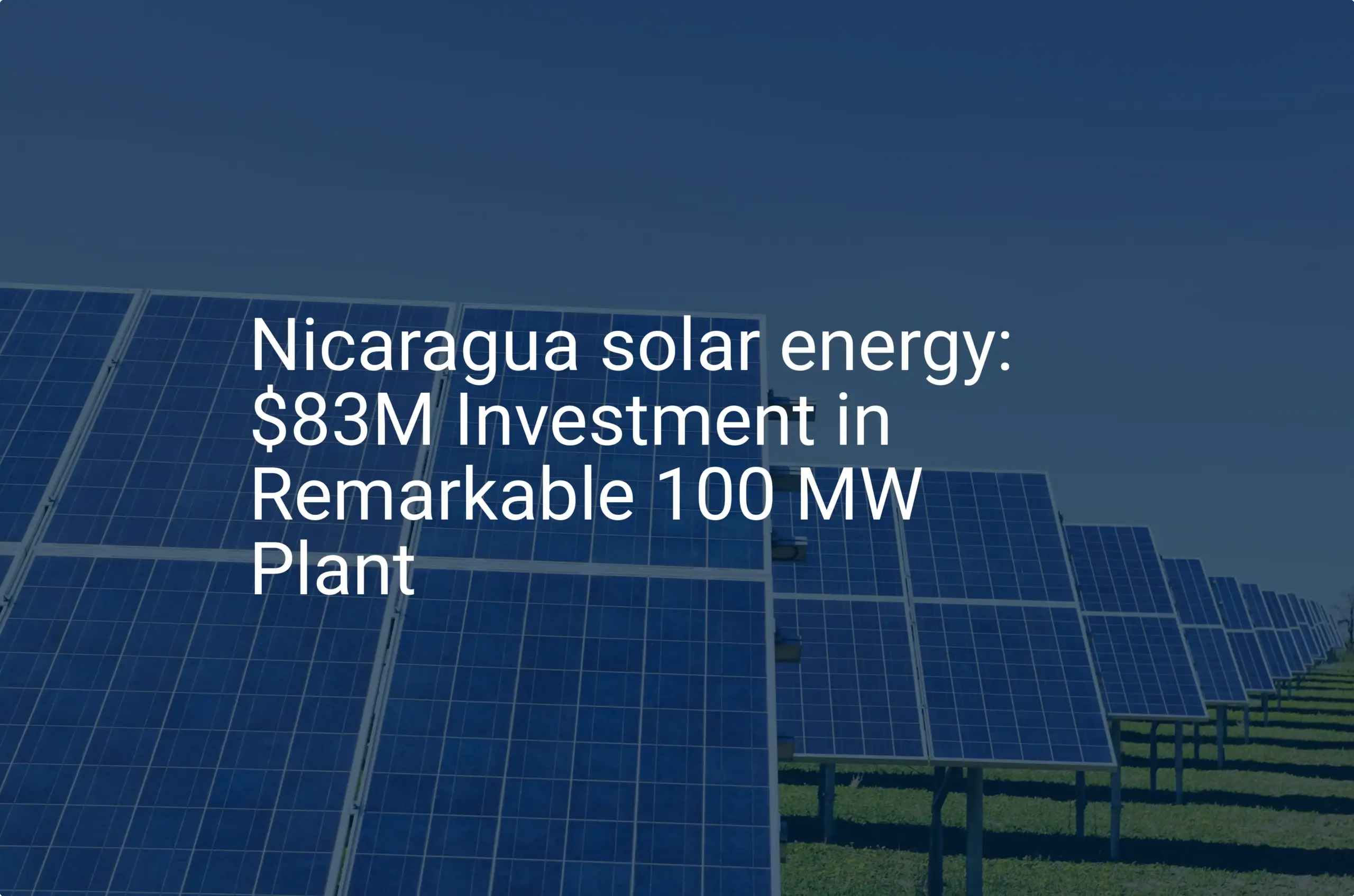Gain comprehensive insights into the statistics and metrics surrounding the solar production industry in Nicaragua
- Climate Top. (n.d.). Daylight hours in Managua, Nicaragua daylength. Retrieved January 22, 2025, from https://www.climate.top/nicaragua/managua/sunlight/
- profileSOLAR. (n.d.). Solar PV analysis of Managua, Nicaragua. Retrieved January 23, 2025, from https://profilesolar.com/locations/Nicaragua/Managua/
- GlobalPetrolPrices.com. (2024, June). Nicaragua electricity prices, June 2024. Retrieved January 22, 2025, from https://www.globalpetrolprices.com/Nicaragua/electricity_prices/
- Wikipedia contributors. (2025, January 23). Electricity sector in Nicaragua. Wikipedia. Retrieved January 23, 2025, from https://en.wikipedia.org/wiki/Electricity_sector_in_Nicaragua
- International Renewable Energy Agency. (2024). Renewable energy statistics 2024. Retrieved November 9, 2023, from https://www.irena.org/-/media/Files/IRENA/Agency/Publication/2024/Jul/IRENA_Renewable_Energy_Statistics_2024.pdf
- International Renewable Energy Agency. (2015). Renewable energy roadmap: Nicaragua (IRENA RRA Nicaragua ES 2015). International Renewable Energy Agency. https://www.irena.org/-/media/Files/IRENA/Agency/Publication/2015/Jan/IRENA_RRA_Nicaragua_ES_2015_EN.pdf
- World Bank. (2017, August 23). Nicaragua geothermal ESIA executive summary. Retrieved January 22, 2025, from https://documents1.worldbank.org/curated/en/421291504186937734/text/Nicaragua-geothermal-ESIA-Executive-Summary-EN-08232017.txt
- Vanegas Cantarero, M. M. (2018). Reviewing the Nicaraguan transition to a renewable energy system: Why is “business-as-usual” no longer an option? Energy Policy, 120, 580-592. https://doi.org/10.1016/j.enpol.2018.05.062
- Tico Times. (2023, June 8). Costa Rica’s energy plant problems affect Nicaragua. Retrieved January 22, 2025, from https://ticotimes.net/2023/06/08/costa-ricas-energy-plant-problems-affect-nicaragua
- DW. (2019, September 17). Central America suffers massive power outage. Retrieved January 22, 2025, from https://www.dw.com/en/central-america-suffers-massive-power-outage/a-50453120
- European Commission. (n.d.). Sector fiche Nicaragua renewable energy fv.pdf. Retrieved January 22, 2025, from https://trade.ec.europa.eu/access-to-markets/en/country-assets/Sector%20Fiche%20Nicaragua%20Renewable%20Energy%20fv.pdf
- energypedia. (n.d.). Nicaragua energy situation. Retrieved January 22, 2025, from https://energypedia.info/wiki/Nicaragua_Energy_Situation
- BNamericas. (n.d.). Nicaragua shines with more solar energy projects. Retrieved January 23, 2025, from https://www.bnamericas.com/en/news/nicaragua-shines-with-more-solar-energy-projects
- World Salaries. (2025). Average solar energy installation manager salary in Nicaragua for 2025. Retrieved January 23, 2025, from https://worldsalaries.com/average-solar-energy-installation-manager-salary-in-nicaragua/
- Worldometer. (2025). Nicaragua population (2025). Retrieved January 23, 2025, from https://www.worldometers.info/world-population/nicaragua-population/
- Properstar. (n.d.). 21 commercial buildings for rent in Nicaragua. Retrieved January 22, 2025, from https://www.properstar.com/nicaragua/rent/building/commercial-building
- Encuentra24. (n.d.). Attention required!. Retrieved January 22, 2025, from https://www.encuentra24.com/nicaragua-en/real-estate-for-rent-offices.2
- The Observatory of Economic Complexity. (n.d.). Nicaragua (NIC) exports, imports, and trade partners. Retrieved January 23, 2025, from https://oec.world/en/profile/country/nic


